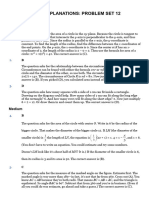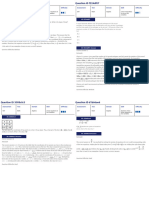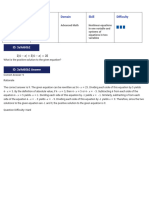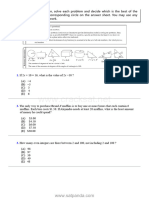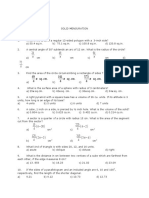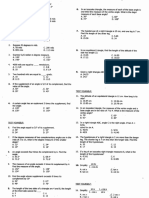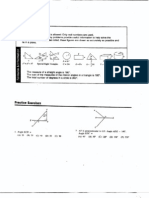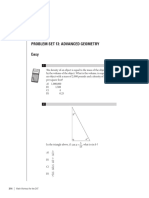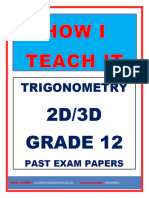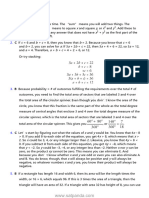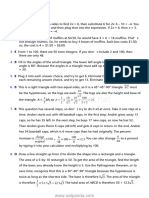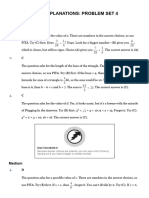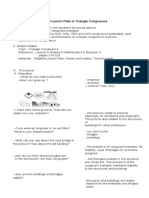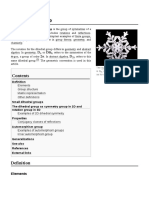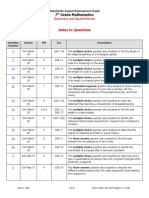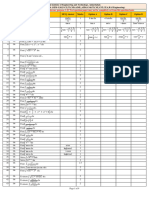0% found this document useful (0 votes)
569 views6 pagesSAT Math Problem Set Solutions
The document provides explanations and solutions for 8 problems from a problem set involving math concepts like volume, trigonometry, and geometry. The problems range from easy to hard, with the easy problems involving direct calculations and the harder problems requiring multiple steps. For each problem, the explanation shows the steps and reasoning used to arrive at the correct answer.
Uploaded by
wwwmacyCopyright
© © All Rights Reserved
We take content rights seriously. If you suspect this is your content, claim it here.
Available Formats
Download as PDF, TXT or read online on Scribd
0% found this document useful (0 votes)
569 views6 pagesSAT Math Problem Set Solutions
The document provides explanations and solutions for 8 problems from a problem set involving math concepts like volume, trigonometry, and geometry. The problems range from easy to hard, with the easy problems involving direct calculations and the harder problems requiring multiple steps. For each problem, the explanation shows the steps and reasoning used to arrive at the correct answer.
Uploaded by
wwwmacyCopyright
© © All Rights Reserved
We take content rights seriously. If you suspect this is your content, claim it here.
Available Formats
Download as PDF, TXT or read online on Scribd
/ 6












